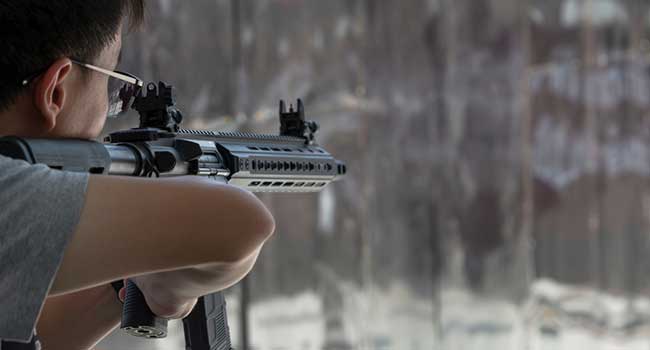
Gunman Opens Fire on Dallas Courthouse
According to the police, the suspect, a 22-year-old male has died after exchanging gunfire with federal officers. The suspect opened fire outside the Earle Cabell Federal Courthouse in Downtown Dallas.
- By Kaitlyn DeHaven
- Jun 18, 2019
After opening fire outside the Earle Cabell Federal Courthouse in Downtown Dallas Monday morning, the suspected gunman, a 22-year-old male, has died. The suspect was exchanging gunfire with federal officers when he was shot. He was then transported to Baylor University Medical Center and pronounced dead. The police said no one other than the shooter was injured in the attack.
Police responded to the “active shooter incident” in downtown Dallas at 8:50 a.m., and subsequently tweeted out an alert.
“The has been an exchange of gunfire between a suspect and federal officers,” the Dallas Police Department said in a tweet. “The suspect was shot and transported to an area hospital.”
Witnesses have stated that the gunman fired between 10 and 20 shots.
Police bomb squad technicians used an explosives robot to examine the suspect’s vehicle, and then the Bomb Squad did a controlled explosion of the suspect’s vehicle.
FBI special agent Matthew J. DeSarno said there was no indication of other shooters or threats, but the scene was an active crime scene as of Monday afternoon.
About the Author
Kaitlyn DeHaven is the Associate Content Editor for the Infrastructure Solutions Group at 1105 Media.